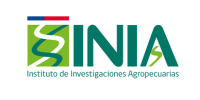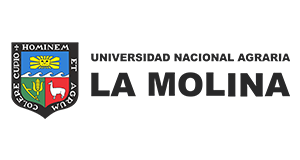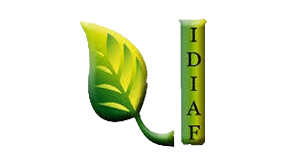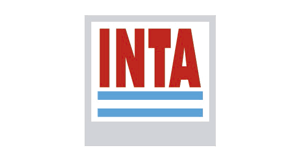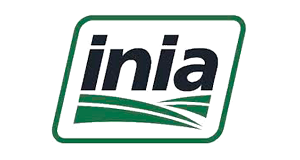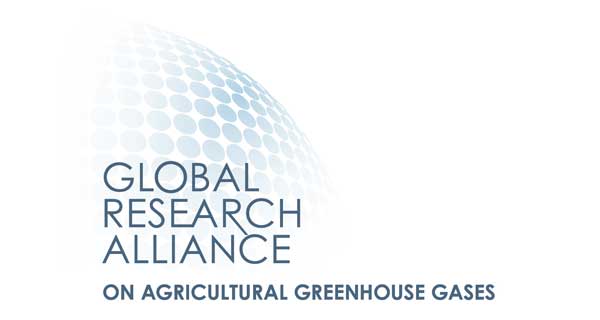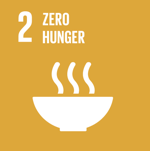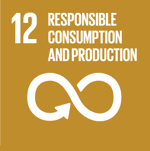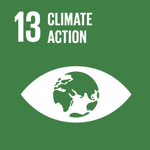Optimizing the use of nitrogen, higher production and lower impact (N4Rs)
Sustaining and developing food production depends on adaptation and mitigation strategies in response to the climate crisis, as well as on nutrient use efficiency in production systems with high nitrogen demands.
Context of the story
Food production has increased significantly over the past 20 years in response to population growth. This phenomenon has had a particularly notable impact on the countries of the Americas due to their high agricultural potential. However, sustaining this productivity and fostering its future development depend on the effects of climate change and the strategies designed to address it. Implementing agronomic practices based on efficient nitrogen management —considering its source, rate, timing, and placement (N4Rs)— is a key adaptation and mitigation strategy that not only enhances nutrient use efficiency but also reduces nitrogen losses to the environment, including emissions of nitrous oxide, a potent greenhouse gas.
Higher nitrogen use efficiency to increase food production and mitigate greenhouse gas emissions from agricultural soils.
The implemented initiative
The measurement of greenhouse gases (GHGs) is essential for determining emission factors based on nitrogen sources. One of the objectives of this project is to train human resources in GHG measurement techniques in each participating country. A common protocol will be developed to assess GHG emissions and emission factors using fertilizer doses commonly applied by farmers. This baseline information is crucial for defining and evaluating mitigation strategies while ensuring food production. The results of the evaluated strategies will be shared with farmers, technicians, researchers, and the public sector.
Recommendations for best practices in nitrogen fertilizer use to increase nitrogen use efficiency and reduce environmental losses.
The technological solution
From the evaluation of nitrogen sources, application rates, and potential greenhouse gas mitigation strategies, recommendations for best practices in nitrogen fertilizer use will be developed. These practices will enhance nitrogen use efficiency (NUE) and reduce environmental losses. The emission factors obtained from high-nitrogen-demand crops and pastures will contribute to the creation of robust GHG inventories, supporting the development of public policies aligned with the participating countries' international commitments to reducing greenhouse gas emissions.
Nitrogen is a critical component of the economy, food security, and planetary health. Many of the world's sustainability targets hinge on global nitrogen solutions.
Participating countries
Type of project
Results
Understanding emission factors and greenhouse gas mitigation strategies related to fertilizer use offers multiple benefits that facilitate their adoption by farmers in the project's participating countries and across Latin America.
Most mitigation strategies involve optimizing fertilizer use, which generates direct economic benefits for farmers. This, in turn, drives the adoption of these technologies and helps reduce the environmental impacts of excessive fertilizer use and greenhouse gas emissions from production systems. Strengthening farmers' resilience to climate change and variability through increased productivity and the implementation of mitigation strategies not only enhances their economic development but also supports national growth and food security.

 Back to the project
Back to the project Chile
Chile Argentina
Argentina Dominican Republic
Dominican Republic Panama
Panama Peru
Peru